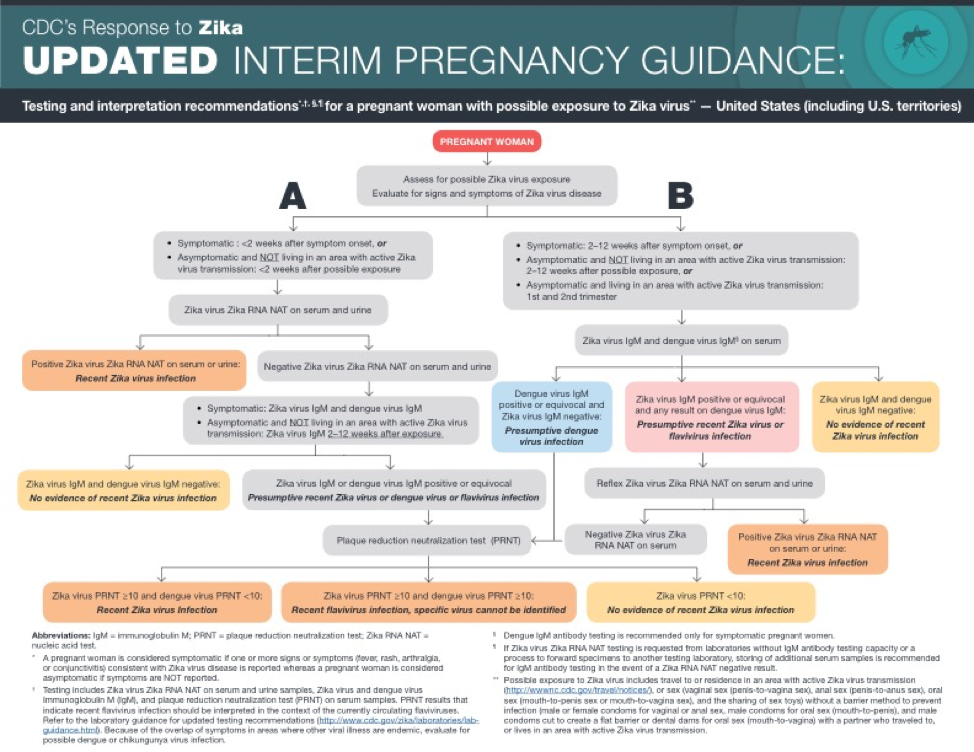Ziddi Msangi
Associate Professor
Graphic Design
UMass Dartmouth
The World Health Organization defines disability as “a contextual variable”. One is more or less disabled by their interaction with a physical environment, social environment, or institutional environment. Inclusive Design aims to “reduce the experience of disability and enhance everyone’s experience and performance.
Universal design standards were developed to guide Designers in addressing disabling environments. The goal is to create accessible spaces for people with functional limitations.
Graphic design educators can integrate these principles in the design studio, providing a generation of students with the tools to improve the quality of life for all citizens.
“A User Expert is a person who has developed expertise by means of their lived experience in dealing with the challenges of the environment. due to a physical, sensory, and/or cognitive functional limitation. User/Experts include, older people with changing vision or stamina, people of short stature, limited grasp, or who use wheelchairs.”-Institute for Human Centered Design
In this model, we move beyond personas, as a way of identifying a users needs when developing a brand. User experts with functional limitations share their lived experience with students. The insight students gain from a User Expert helps guide the design process.
This presentation will share the visual outcome of junior level branding and identity projects, and the impact on student understanding. Over the course of the semester, students were in conversation with four User Experts who helped guide the development of the projects.
This research was presented at the Design Incubation Colloquium 4.0: SUNY New Paltz on September 9, 2017.
